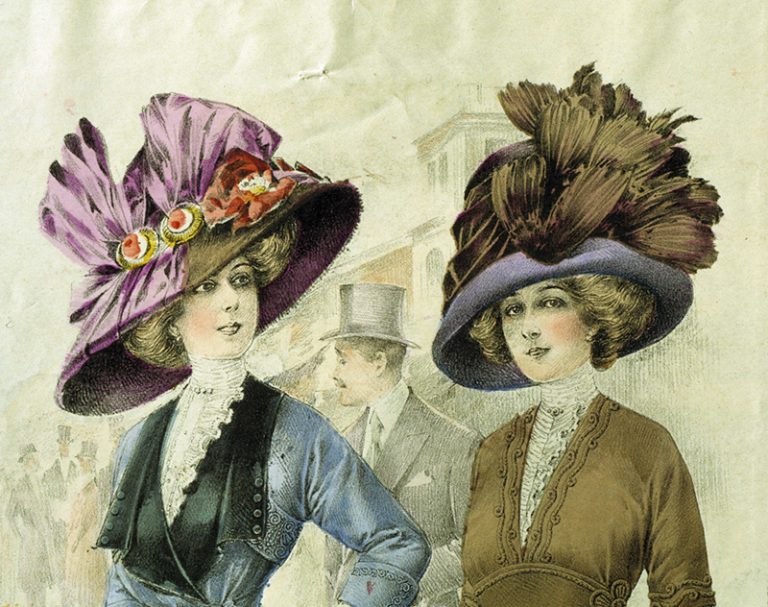Headwear has been part of human culture since the beginning of history. Covering the head and wearing hair accessories not only served practical and decorative purposes, but also played an important role in showing respect, humility and gratitude — towards others and, more importantly, towards the divine.
From a secular point of view, headdresses were widely associated with elegance and refinement, mainly in the 19th and 20th centuries. Beyond reflecting one’s grooming and identity, these accessories were fundamental to show proper etiquette and esteem for others.
Let’s explore the significance of headwear and why it may be worthwhile to revive this tradition today.
Head covering – a spiritual symbol
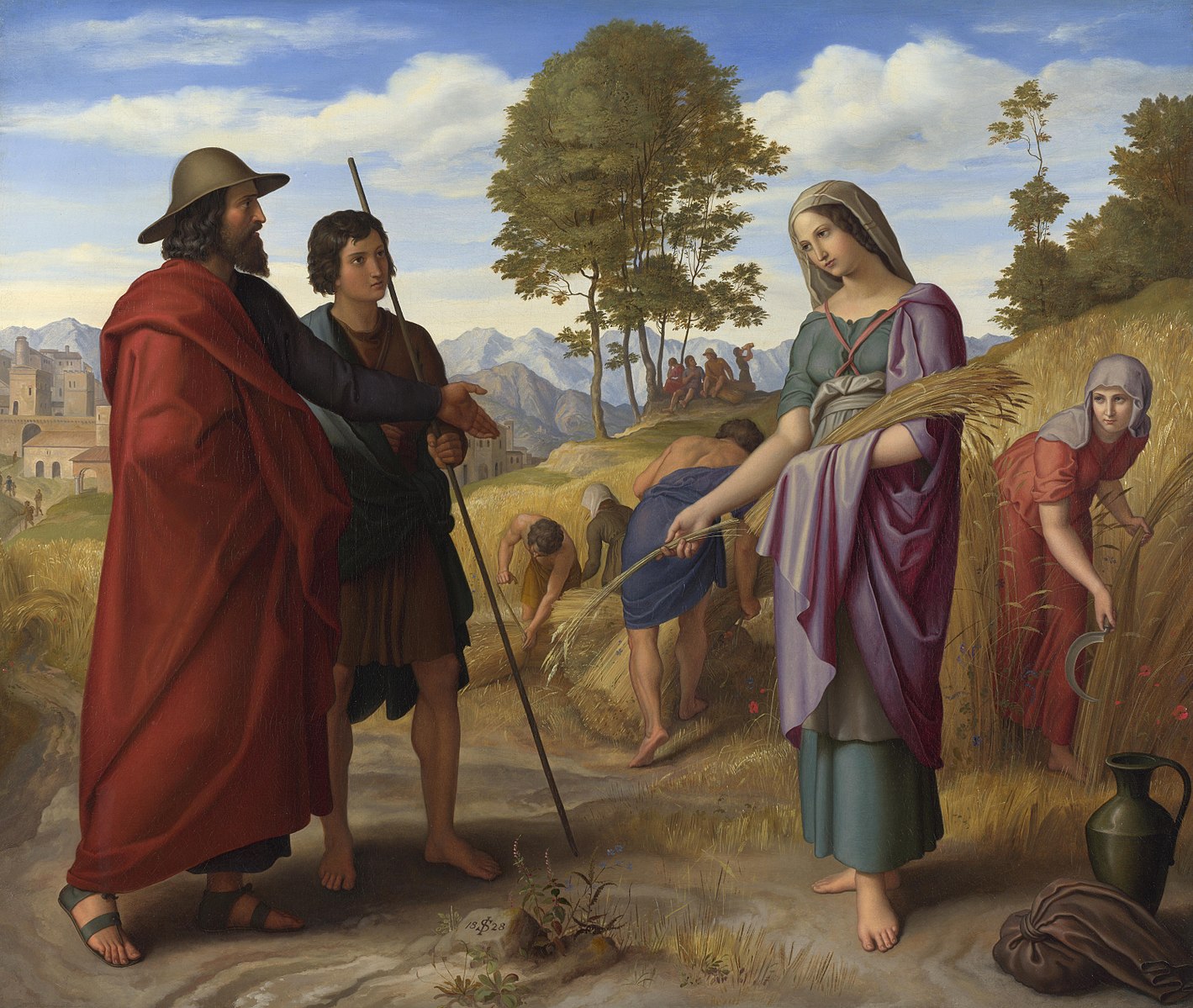
In many spiritual practices, head covering is a centuries-old tradition that can signify dedication to one’s spiritual life, humility before God, or equality and modesty among believers.
In Judaism, men wear the kippah, a brimless skull cap that represents their respect for heaven and their submission to God. Traditionally, the kippah was to be worn throughout the day, for they believe that Divine Presence is always above them.
Success
You are now signed up for our newsletter
Success
Check your email to complete sign up
Likewise, Jewish women were expected to wear head coverings as a symbol of reverence for the divine. For married women, in particular, head-covering was considered a form of dignity and an outward expression of commitment to their husbands.
In Christianity, it has been customary for women to cover their hair with a veil, especially during worship.
From very early on, Christians had determined that a lady’s locks were admired by men because they signified her femininity. Thus, hiding her hair (so as not to flaunt her physical beauty) signified inner piety and humility before the Creator.
The scarves or shawls worn by Middle Eastern women serve a similar purpose. Although the degree to which a woman covers her body varies according to traditions and beliefs, a common consensus explains that the main purpose of covering the hair and body is to keep male gazes away and to symbolize a woman’s morality and spiritual commitment.

Middle Eastern men, meanwhile, often wear a traditional hat known as Taqiyah. Shaped like a raised, rounded cap, the Taqiyah is often worn for religious and cultural purposes to express their adherence to religious precepts or to reaffirm their religious identity.
In India, turbans are a staple for Sikh men. Known as “dastar,” this headwear is a symbol of spirituality, honour, courage, self-respect and equality. For devout Sikh men who wear the 5 Ks – faith elements that include unshorn hair and beard, a comb, a bracelet, an undergarment and a small sword – the dastar serves to cover and protect their long hair.
As for Indian women, many of them observe veiling practices, especially married Hindu, Jain and Sikh women. Similar to other cultures, the purpose is to preserve a woman’s modesty and honor.
Head accessories – gratitude and health
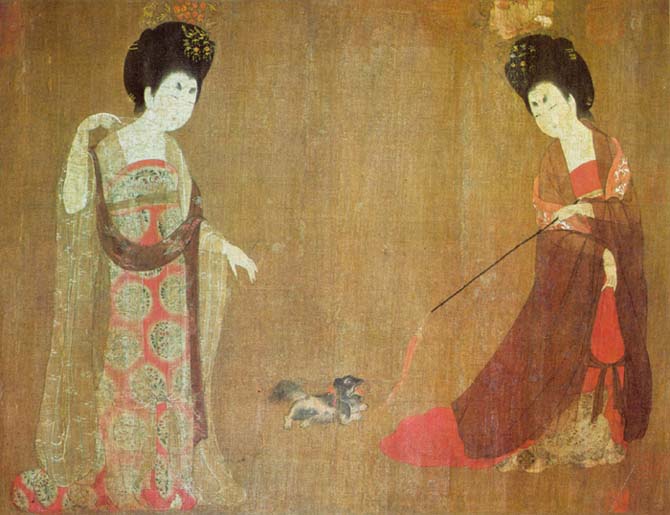
The ancient Chinese believed that heaven was round and earth was square, and that all of creation followed divine patterns. In the same way, they believed that man was created with a round head and square feet, meaning that he should live a well-rounded life while being square and righteous in his interactions with others.
In keeping with this philosophy, one’s head could be decorated with accessories to express lofty feelings, such as gratitude and respect for the divine. Such headwear was known as futou in ancient China, and included anything from hats to hairpins.
According to the History of Song – one of the official Chinese historical works – “Futou and hairpins were worn to celebrate the revival of the country, to conduct rituals on the outskirts, and to follow the emperor’s return to the palace. They were fit for occasions equivalent to expressing gratitude to the sovereign.”
Chinese women wore floral hairpins to symbolize blessings, festivity and gratitude, especially during rituals and ceremonies honoring heaven and earth. Men covered their hair with pieces of cloth wrapped as turbans, or with hats of particular shapes. These, along with another traditional accessory known as mo’e – a piece of fabric that covered the forehead, much like a headband – complemented the daily outfit of the ancient Chinese.
As anyone can attest, most headwear protects the head from the sun or cold. However, for the Chinese, the reason for covering the head went beyond comfort: it served to protect the Baihui acupoint – located in the center of the top of the head – from the wind and cold. If the Baihui acupoint was injured, symptoms such as dizziness, a sore neck and blurry vision would appear.
Elegance and etiquette
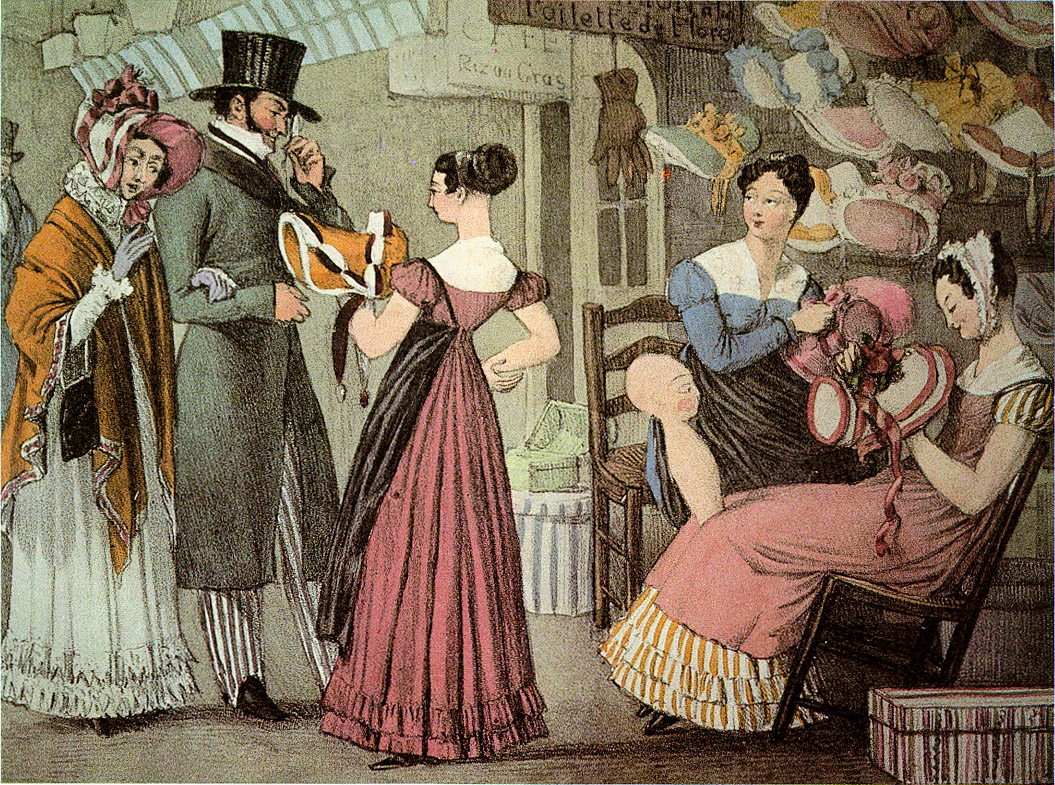
During the 19th and 20th centuries, hats were an essential accessory for Western men and women. Adapting headwear to the changing trends in attire and hairstyles of these years gave rise to an evolution through different shapes and sizes for hats.
For men, hats were an indicator of their gentlemanly character, regardless of their social status. They did not dare to leave home without their heads covered, and many men owned a variety of hats for different circumstances. Typical hats included the fedora, flat cap, homburg and top hat.
Beyond protecting the wearer from inclement weather and enhancing his attire, hats had an essential use in interpersonal interactions: they served to express respect and appreciation through the traditional gesture of tipping the hat.
The tipping of the hat was a common nonverbal greeting between gentlemen. While strolling or meeting a friend or acquaintance, men would raise or tip their hats, expressing recognition and deference. They would also raise their hats to greet a lady or a person of significance.
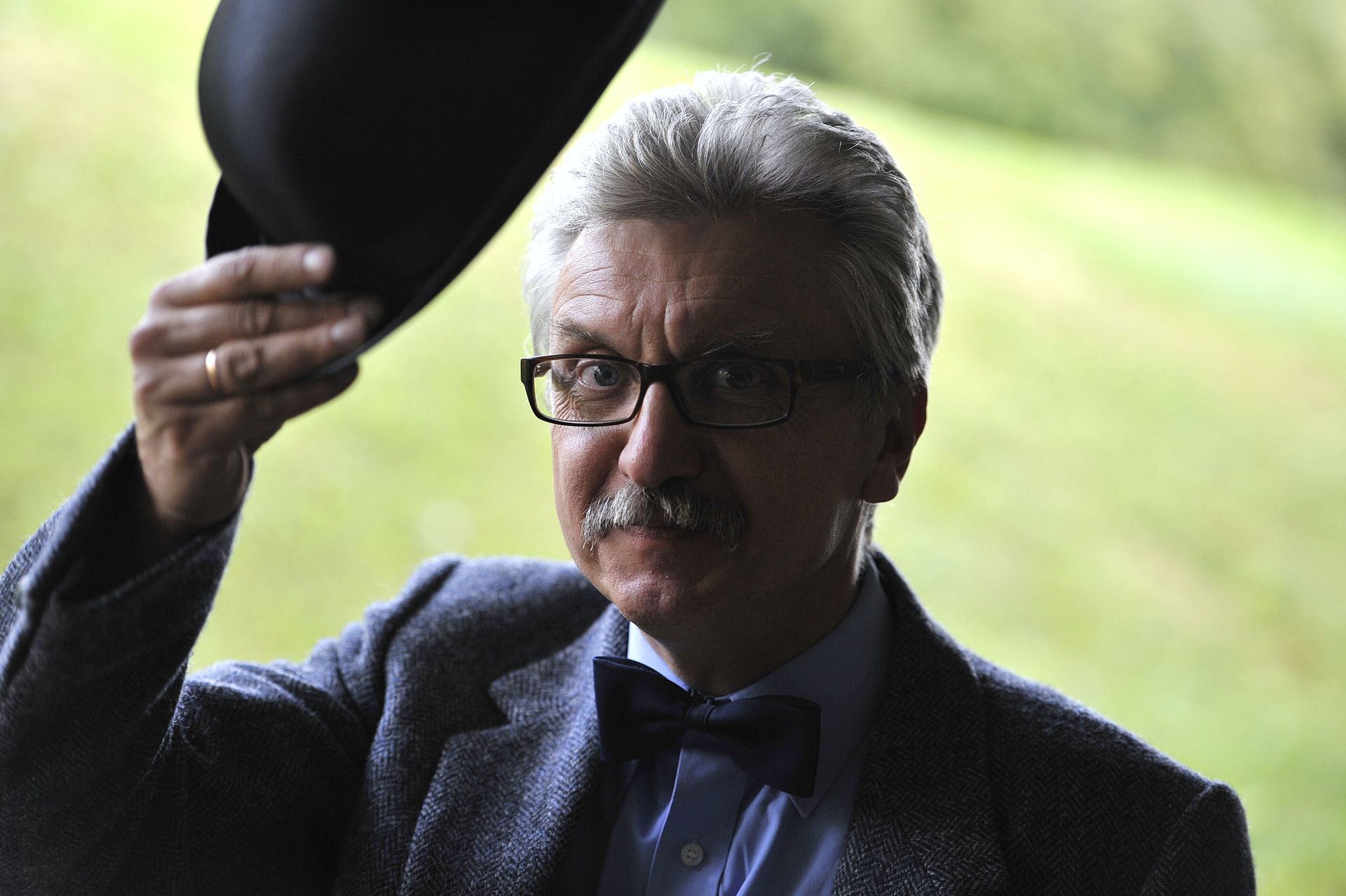
Hats were also a staple in a woman’s wardrobe. They varied in size and shape, and included multiple layers of decoration – such as ribbons, feathers, flowers and buckles. For a lady, the hat served to highlight her elegance and femininity. They could appear almost as crowns on the head or as aesthetic arrangements that, in turn, called for graceful posture.
The decline of headwear
After nearly two centuries as a fashion staple, hats began to disappear around the 1960s. Although the specific causes of their decline cannot be pinpointed, an important factor was the emerging countercultural movements, which sought to redefine social norms.
Considered a sign of status, hats were perceived by many as a badge of the privileged classes. With society evolving towards an egalitarian ideal, a stigma attached to refined suits and dresses had all social classes opting for more casual clothing.
Similar trends were observed in the East, especially in China. Following the rise of communism – a political and social system that strove to erase social classes in the name of equality – the Chinese people were stripped of anything that implied superiority or wealth, while eradicating ties to traditional culture and customs.
Thus, Chinese women went from thousands of years of artistically sculpted and intricately decorated hair to simple, more masculine hairstyles that suited the struggle for equality in modern times.
Although times have changed, history serves to remind us of our ancestors’ noble aspirations for etiquette and propriety, and prompts us to reconsider headwear as a cultural custom. While some of the 19th century designers may have gotten carried away, the basic hat adds a touch of elegance that has both practical and spiritual value.



